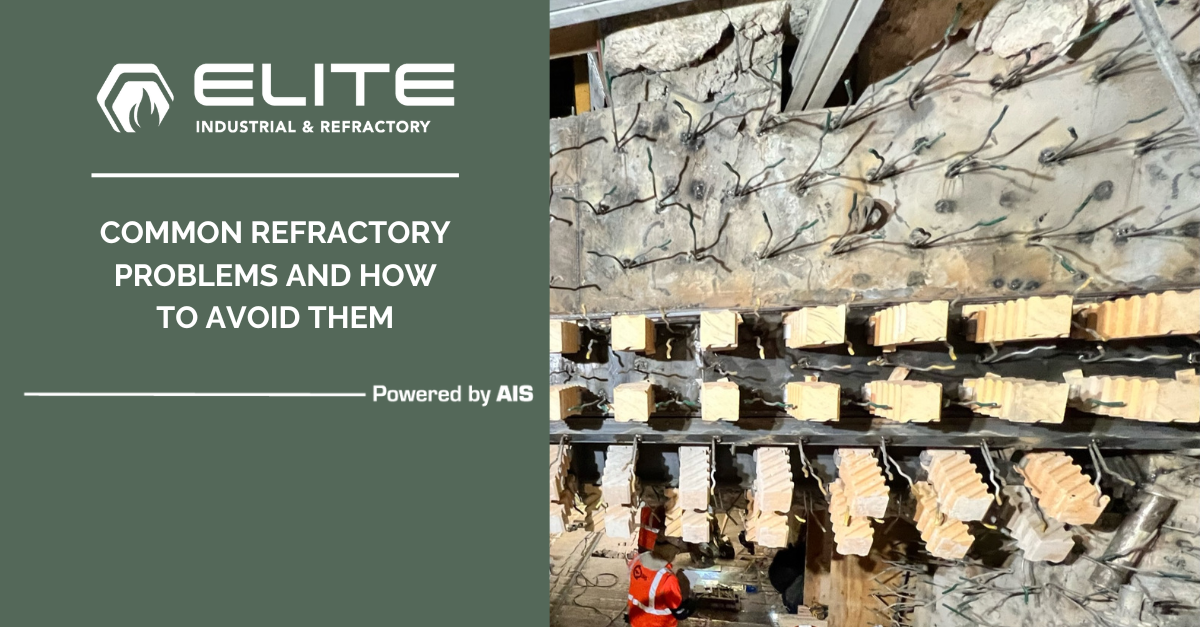Common Refractory Problems and How to Avoid Them
Refractory materials are essential components in many industrial processes, providing insulation, heat resistance, and structural support. However, even the most durable refractories can face challenges. Understanding common refractory problems and implementing preventive measures can significantly extend their lifespan and improve overall process efficiency.
Common Refractory Problems
- Spalling: This occurs when the outer layer of a refractory material flakes or chips off. It can be caused by rapid temperature changes, excessive mechanical stress, or chemical attack.
- Erosion: The gradual wearing away of refractory material due to abrasion or the impact of high-velocity gases or liquids.
- Corrosion: Chemical attack on the refractory material, leading to deterioration and weakening.
- Hot Face Cracking: The development of cracks on the surface of the refractory exposed to the highest temperatures.
- Cold Face Cracking: Cracks that form on the cooler side of the refractory.
- Slag Penetration: The infiltration of molten slag into the refractory material, causing damage and reducing its effectiveness.
Preventive Measures
- Proper Material Selection: Choose refractories that are compatible with the specific operating conditions, including temperature, atmosphere, and chemical environment.
- Installation Techniques: Ensure correct installation practices to minimize stress and prevent defects. This includes proper joint preparation, bonding, and expansion joint placement.
- Regular Inspections: Conduct routine inspections to identify potential problems early on. Look for signs of spalling, erosion, cracking, or slag penetration.
- Maintenance and Repairs: Address issues promptly to prevent further damage. This may involve patching, repointing, or complete replacement of refractory components.
- Operating Practices: Follow recommended operating procedures to minimize thermal shock, mechanical stress, and chemical attack.
- Thermal Insulation: Use appropriate insulation to help maintain uniform temperatures and reduce thermal stress on the refractory.
By understanding common refractory problems and implementing preventive measures, you can significantly improve the performance and longevity of your refractory materials. This can lead to increased efficiency, reduced downtime, and lower maintenance costs in your industrial operations.
Elite Industrial & Refractory is a leading provider of high-quality refractory materials and services. Our experts can help you select the right refractories for your specific application and offer guidance on proper installation, maintenance, and troubleshooting. Contact us today to learn more.

